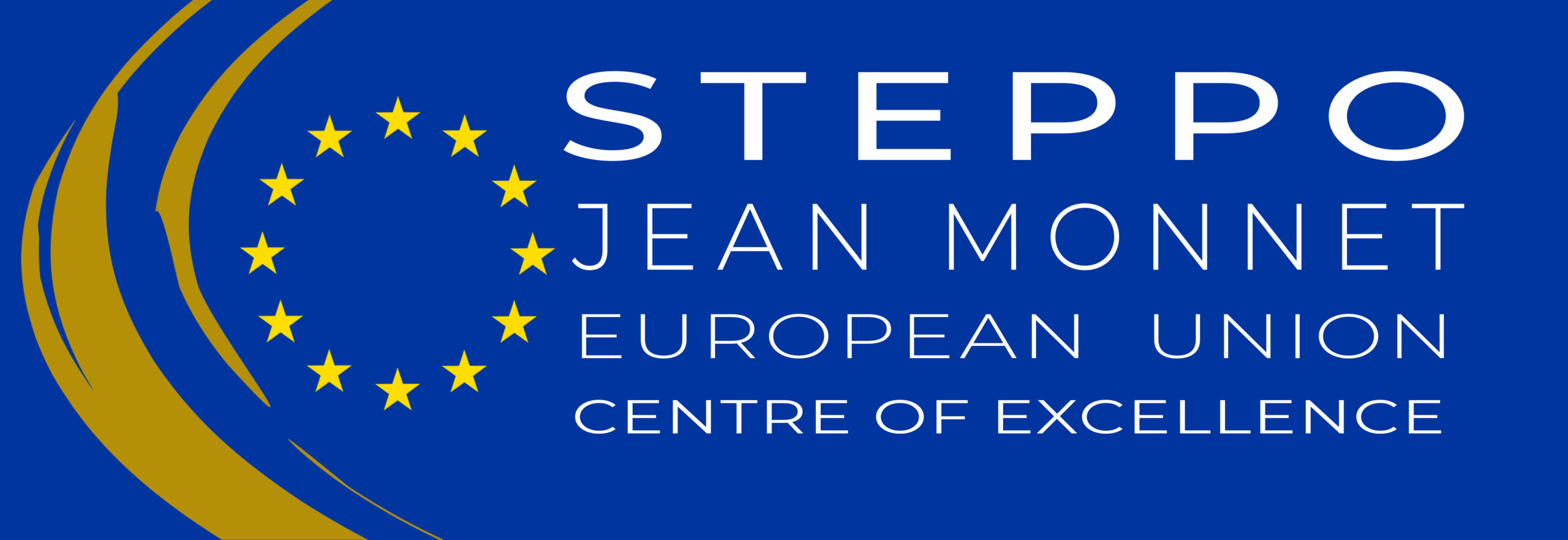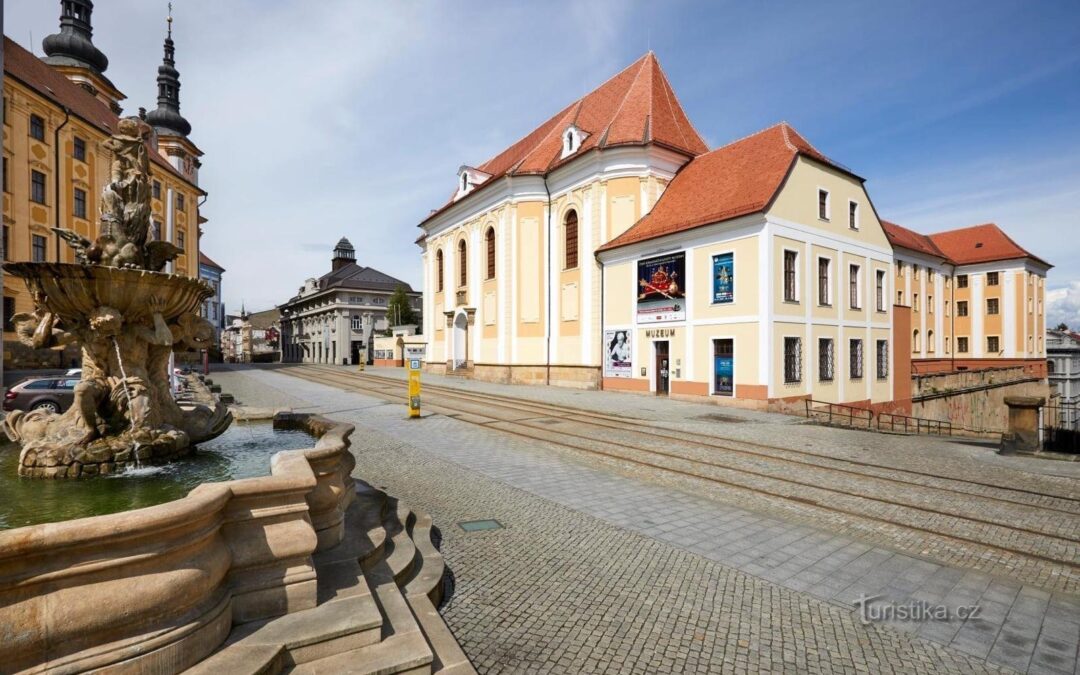Author: Chiara Galanti, Giada Curti, Liceo Classico Carducci Milano.
Committee: High school Committee, Art & Cultural Heritage Crimes Committee.
Date: 04/07/2024
This piece is about how the European Public Prosecutor’s Office (EPPO) can contribute to
achieve wider policy goals of the EU in curbing art crime.
In February of this year, EPPO completed an investigation into grant and procurement fraud,
passive corruption and money laundering at the National Historical Museum (Vlastivědné
muzeum) in Olomouc, Czech Republic. The accusations related to an education programme,
financed by the European Structural and Investment Funds’ Operational Programme for
Research, Development and Education. Three former employees, the former director of the
museum and two former employees, pleaded guilty, EPPO seized assets worth 600,000
euros. 1
However, offenses related to the cultural and heritage sector may also involve illicit trade
practices, particularly involving the trafficking of illicitly excavated archaeological objects. The
issue of licit provenance is crucial. There are different warning signs, for example: if a work of
art is cheap, 90% of it’s fake and by purchasing it you could commit both a scam and a crime
(purchase of things of suspicious origin), the documentation must be correct without any
inaccuracies, the provenance certified and the transaction documents correct.
It is important to remember the organized crime has a deep role in cooperating with frauds,
counterfeiting, illegal exportation of art and other cultural items. For criminals this is a really
flourish business, indeed this is the third category, after drogue and weapons. The black art market is said to bring in 150 million euros per year. 2
In respect of offenses against archaeological heritage, we may define this “black” trade to have
a cyclical structure: it all starts with illegal excavations, often in poor regiones, and those
affected by armed conflicts and other turmoils.Afterwards, those thieves sell stolen items to a trusted middleman (mainly this figure works in the Organized Crime), like Gianfranco Becchina, who was a loyal man of the well known “Mafia” Sicilian family, the Messina Denaro, or Hassan Fazeli; subsequently, the latter deals with art galleries, auction houses (Sotheby’s) or museums so that the illegal find is bought by them and both can both can make profits. 3
Now, we are going to present you with some examples. From 1970s to 1990s the Getty
Museum exhibited several archaeological remains of the Magna Graecia colonies, excavated illicitly on the Italian territory, probably in Sicily. The illegal trade was led in Italy by two criminals Gianfranco Becchina and Giacomo Medici, while the stolen items were entrusted to Robert Hecht, scion of a prominent Boston family, who was one of the most important providers of the Getty Museum. 4
Another sample is the trail of Jean-Luc Martinez, the former director of the Louvre Museum, The accusation claims that both of them would have bought at least about ten Egyptian works of illegal origin with a value of 56 millions euros. 4
The main disputed archaeological object is an 18th Dynasty Egyptian stele made of pink
granite bearing the seal of Pharaoh Tutankhamun. The find was acquired in 2016 by the Louvre in Abu Dhabi. Martinez and other French sociologists are suspected of having been aware of the illicit provenance of the work and of having omitted the necessary checks in order not to miss out on the deal. The Parisian merchant and expert Christophe Kunicki from whom the Louvre acquired the stele, was accused in 2020 of criminal conspiracy, fraud and money laundering and in 2017 he sold a gold sarcophagus of uncertain origins worth 3.5 millions euros to the Metropolitan. In 2019 the museum was forced to return the remains to Egypt. 5
But how can all these offenses fall within EPPO’s mandate to combat crimes affecting the EU’s
financial interests?
We think that those instances may be investigated by EPPO, not only because they are
international crimes, but also, and most importantly, because there are few checks on those illegal activities due to different and divergent laws between states. Truly, once the goods are outside the customs of their country of origin without being intercepted, they become freely tradable in the recipient country. They exit illegally and enter lawfully. Moreover, illegal
practices in the art market may affect the EU’s financial interests. Firstly, they may affect the
increase in crime, including that relating to the customs systems and tax regulations of the EU
and its Member States. Secondly, the introduction of illegally obtained goods into the sphere of culture financed largely from public funds, including from the EU budget, may obviously result in the misuse of such funds for criminal activities.Thirdly, the black art market is deeply linked to money laundering. Therefore, combating it also serves to protect the EU’s financial interests.
We reckon that the EU should certainly have more space in this field and have more fixed and
precise rules that can include all cases. Art experts should be involved to ensure that these
laws are as correct as possible. Also we claim that, if EPPO participated in all artistic
investigations, everything would be much faster, indeed, no special permits would be needed
to investigate from one state to another to find stolen works or culprits on the run. The states
would have fewer problems on their shoulders and there would be everyone’s collaboration
which would make everything much simpler. All of this will obviously have to be managed by
competent people who in the future will be our generation. This course has allowed us to
understand it and to realize that it is necessary to collaborate and unite to counteract those
people who try to steal our money from the state, especially at this time when there is a lot of
mistrust between states and when wars are proliferating!
References:
- https://riviste.unimi.it/index.php/cross/article/download/12561/11808/37554#:~:text=Il%20traffico%20illecito%20di%20opere%20d’arte%20ha%20caratteristiche%20peculiari,tra%20commercio%20legittimo%20e%20illegittimo.
- https://www.internazionale.it/notizie/antoine-pecqueur/2022/07/19/amp/musei-gallerie-traffico-opere-arte
- https://www.google.com/urlq=https://aedon.mulino.it/archivio/2013/1/beltrametti.htm23testo1&sa=D&source=docs&ust=171708391618501&usg=AOvVaw279cT6CXIxM1Ga9jRiRzKF
- https://www.google.com/urlq=https://www.dirittoconsenso.it/2020/03/05/il-traffico-illecitodibeniculturali/&sa=D&source=docust=1717018391618752&usg=AOvVaw2VpDWW1lCUZf0OZGhttps://www.google.cmurlq=https://www.dirittoconsenso.it/2020/305/iltrafficoillecitodibeniculturali/&sa=D&socs&ust=1717018391618752&usg=AOvVaw2VFee0pfDWW1lCUZf0OZG-

